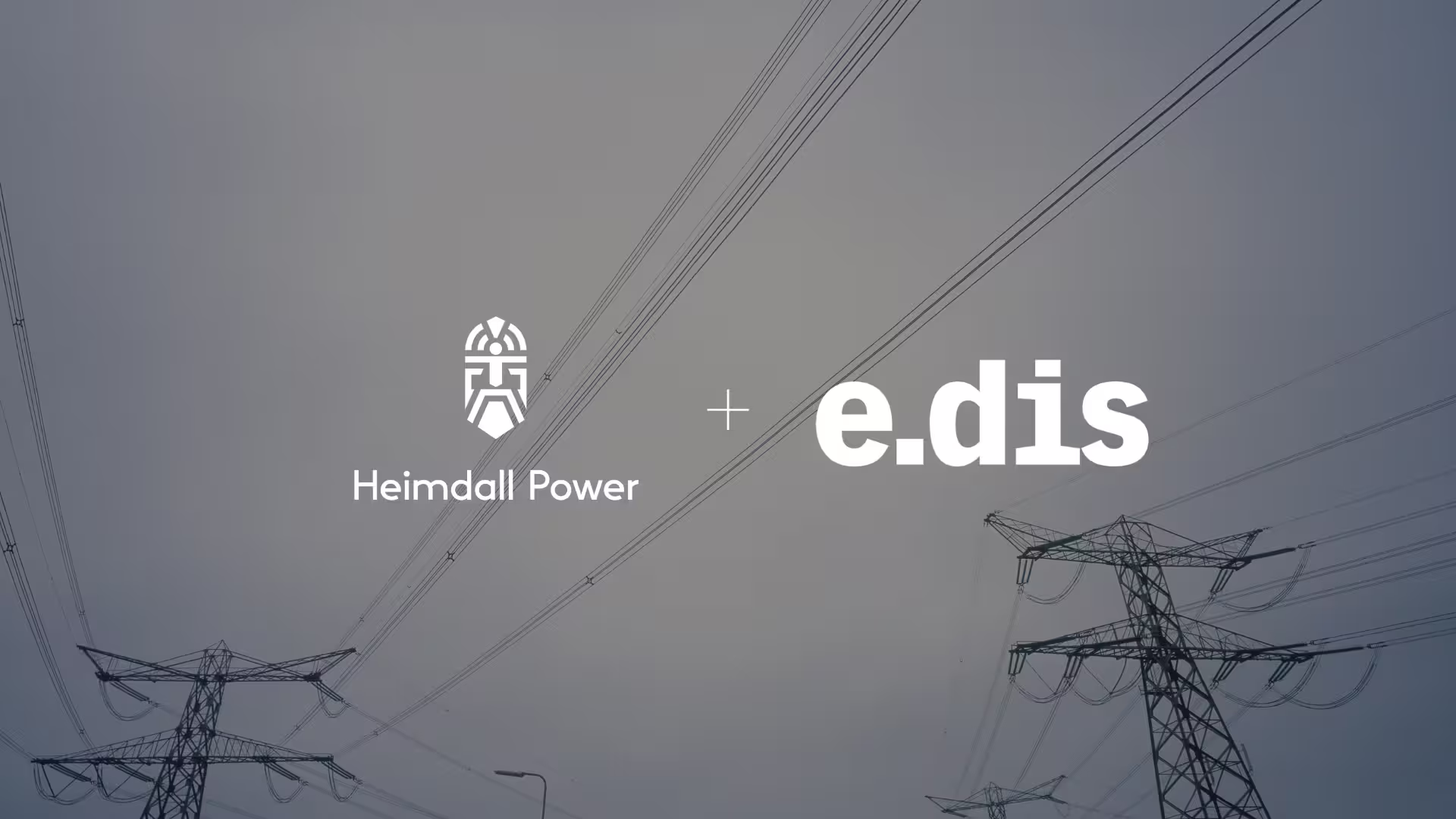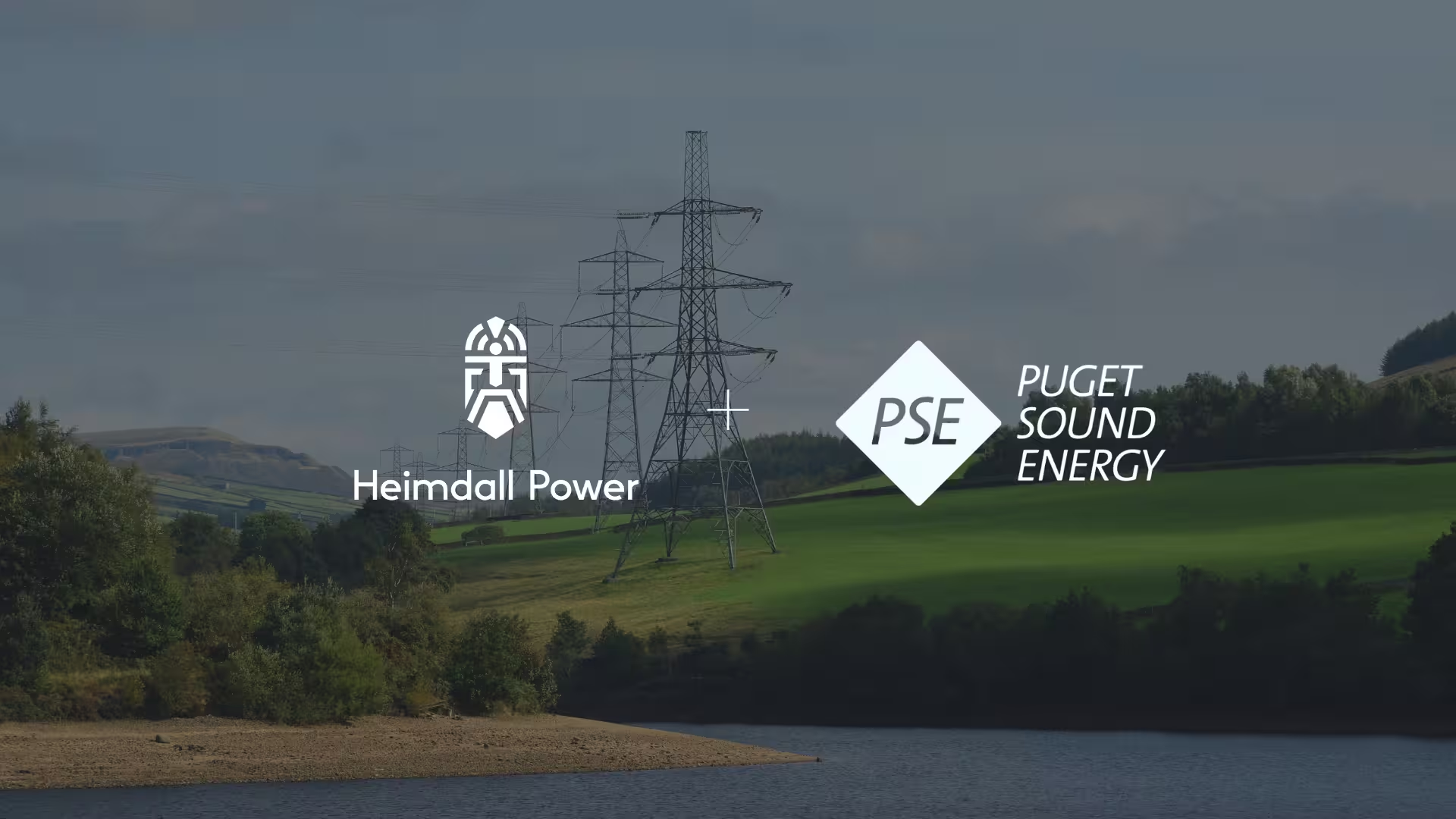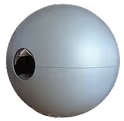Increasing the capacity in electric grids usually means costly upgrades or building new lines. New technology can however show that the capacity of the grids we already have may be significantly higher than we think. To uncover and make use of this additional capacity is relatively cheap compared to building grids, and the benefits are the same, more security of supply, better integration of markets, more room for renewable generation and reduced emissions. A report from Thema Consulting Group identifies some of the main benefits of making this additional capacity available to the market.
A win-win-win solution
“This report is great news for both the TSOs (Transmission System Operators) and consumers, but also for society in general,” says Anders Skånlund, CCO of Heimdall Power,
“For the TSOs, the report shows how the digitization of power lines can reduce costs, increase efficiency, make room for more renewable generation and better integrate markets. Consumers, in turn, experience less price fluctuation, less price differences between areas and more secure power supplies. Society at large could enjoy a smoother and less costly green energy transition.”
A revolution
The electrical grid is humankind’s largest machine and is so interwoven into our lives that it is virtually impossible to imagine a world without it. If your home is where your heart is, electricity is its main artery. However, the ongoing green shift, in which everything from cars to oil platforms are moving from fossil to renewable energy sources, causes new strains on the grid and the grid struggles to keep up.
Skånlund continues, “All predictions are clear: we will use much more electricity in the future since industry, transport and buildings are replacing fossil fuels with clean electricity. Our power grid was not built for this load, for the new load patterns and for a power supply based on unplannable renewable generation. The grid was built for a very different and much more predictable situation. Thus, grid companies are faced with a challenge of historic proportions. It’s a revolution. The task is doable, but not many years ago it was seen as an impossible task. We now make use of flexibility in demand, various kinds of batteries and storage, and of smart technologies that improve operations and limits waste, including making more efficient use of capacity in the grids.”
Fewer bottlenecks
RES (Renewable Energy Sources) like wind and solar power are already an important part of the Nordic and European energy mix and their share will rapidly increase as more RES are developed to fill the gap left behind by fossil energy sources. In the existing grid, RES often experience limitations due to insufficient transmission capacity, especially in areas with excess power.
“If we were to build the electrical grid today, we would have built it quite differently. This explains why most grid companies now build grids, and also take down some lines. However, today it is also much more important to use grids efficiently in order to share flexibility in generation and demand across the system. The report illustrates the benefits of making additional capacities available on congested high voltage lines in the Nordic region.” adds Skånlund.
Skånlund concludes, “We absolutely need to upgrade and to some extent renew the power grid in order to meet future demands, but there’s also a lot to be gained from using what we already have in a better way. At Heimdall, we have conducted a number of tests and pilots with neurons, and our collaboration with Elvia in the Gjøvik-Dokka project, for instance, clearly demonstrates this.”




